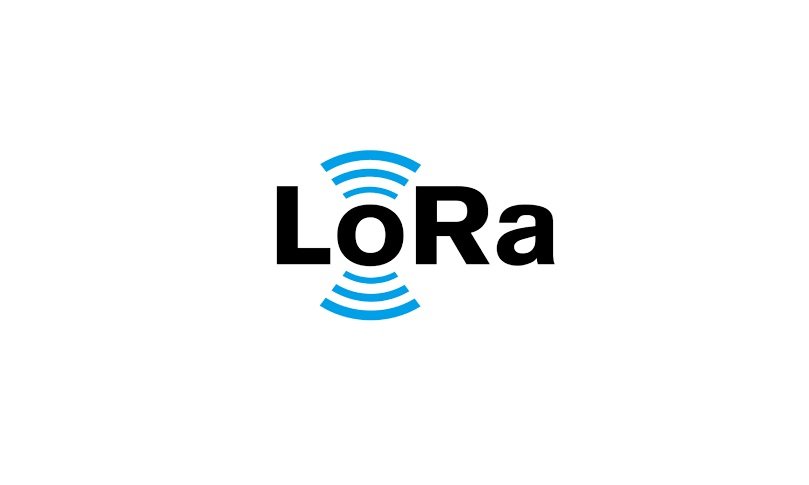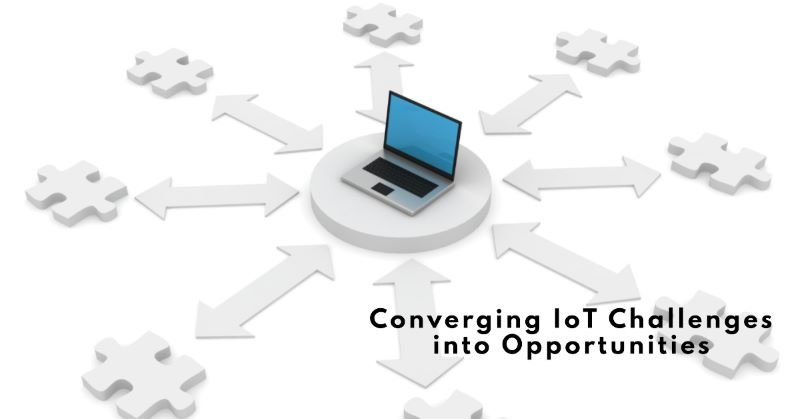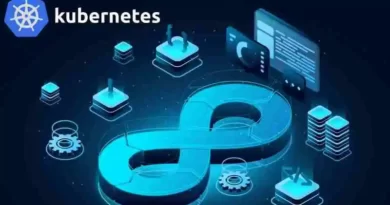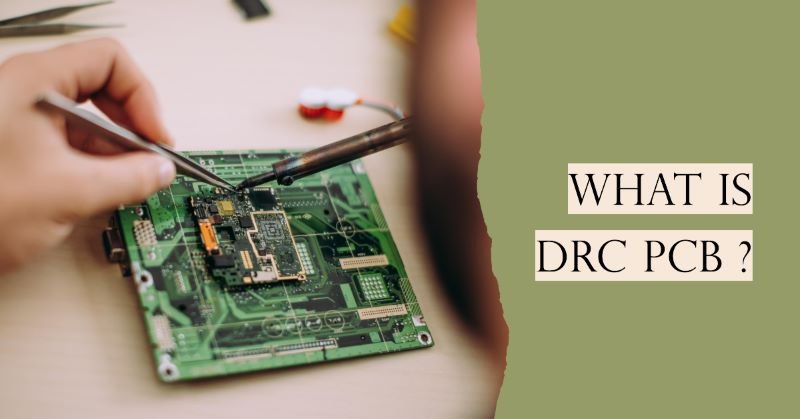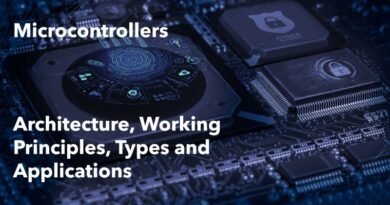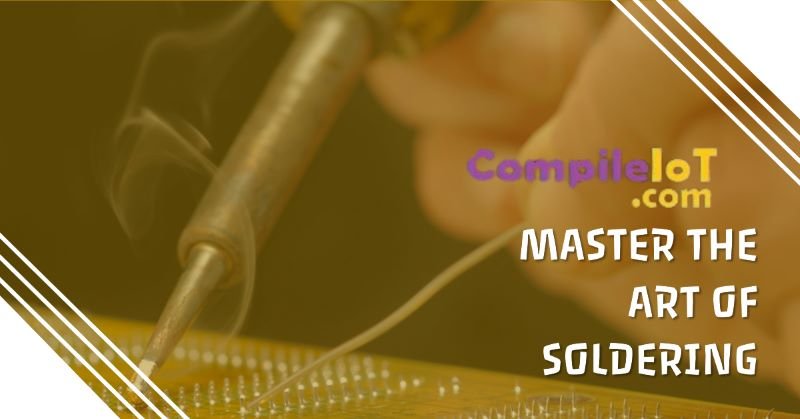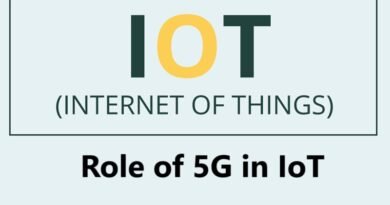LoRa: A Low-Power, Long-Range Wireless Communication Technology for IoT
LoRa (Long Range) is a wireless communication protocol specifically designed for Low Power Wide Area Networks (LPWAN). It is one of the most widely adopted technologies in the Internet of Things (IoT) space for long-range communication, particularly in applications requiring low power consumption, extended range, and minimal data transmission.
LoRa enables devices to communicate over long distances (up to several kilometers) while consuming very little energy. This makes it ideal for IoT applications like remote sensing, smart cities, agriculture, and asset tracking.
In this article, we will explore the core features, architecture, use cases, and advantages of LoRa, and understand how it compares to other LPWAN technologies like Sigfox and NB-IoT.
1. What is LoRa?
LoRa is a proprietary wireless technology developed by Semtech and is designed to offer long-range, low-power communication for IoT devices. LoRa operates on unlicensed frequency bands (such as 868 MHz in Europe, 915 MHz in the US, and 433 MHz in some regions), making it an attractive option for IoT applications that need to connect devices over long distances without the need for expensive cellular infrastructure.
LoRa can support both point-to-point communication (device-to-device) as well as star and mesh network topologies. It is often paired with a networking layer known as LoRaWAN (Long Range Wide Area Network), which adds a complete stack for managing IoT networks and devices. LoRaWAN allows devices to communicate securely and efficiently over long distances, while LoRa provides the physical layer communication.
2. Key Features of LoRa
- Long Range: LoRa is capable of providing communication ranges of up to 10-15 km in rural areas and up to 2-5 km in urban environments, depending on environmental conditions. This is significantly greater than traditional short-range wireless technologies like Wi-Fi and Bluetooth.
- Low Power Consumption: One of the most significant advantages of LoRa is its low energy consumption, which enables battery-powered devices to operate for several years on a single battery charge. This makes it perfect for remote and distributed IoT applications where devices are not frequently charged or serviced.
- Low Data Rate: LoRa is designed for low data rate applications, with typical rates ranging from 0.3 kbps to 27 kbps. While it is not suitable for high-bandwidth applications like video streaming, it works well for use cases where only small amounts of data need to be transmitted periodically, such as sensor data.
- Security: LoRaWAN, the network layer used with LoRa, provides end-to-end encryption, ensuring that the data transmitted across the network is secure from interception and tampering. This is crucial for applications involving sensitive data, such as environmental monitoring or asset tracking.
- Scalability: LoRa supports the creation of large networks with thousands of devices, making it suitable for massive IoT deployments. The use of LoRaWAN allows for efficient network management, enabling easy device provisioning, monitoring, and data routing.
- Geographical Coverage: LoRa enables communication over large geographical areas, making it ideal for outdoor IoT applications such as agriculture, wildlife monitoring, and city-wide smart infrastructure.
3. LoRa Architecture
The LoRa architecture consists of the LoRa physical layer and the LoRaWAN protocol layer, each serving a unique function in the network.
LoRa Physical Layer (LoRa):
LoRa is the radio technology used to send data over long distances. It operates on unlicensed frequency bands and uses a chirp spread spectrum modulation technique, which helps it achieve long-range communication while being resilient to interference and signal fading.
- Chirp Spread Spectrum (CSS): This modulation technique spreads the signal over a wide frequency band, making LoRa more resistant to interference. It allows LoRa to transmit data over long distances with low power consumption, even in harsh environments.
LoRaWAN Network Layer:
LoRaWAN is a network protocol built on top of LoRa. It manages communication between end devices and network gateways, routing messages between devices and central servers. LoRaWAN handles network management, addressing, security, and data routing.
LoRaWAN networks can be implemented in three types of topologies:
- Star Topology: In this setup, end devices communicate directly with a central gateway, which forwards data to a network server. The central server is responsible for managing the network and routing messages.
- Mesh Topology: This is a more flexible and fault-tolerant network setup where devices can relay data for each other, helping extend the network range. While LoRa itself supports star topology, mesh networks can be built using LoRa-based protocols in some cases.
LoRaWAN Gateways:
Gateways serve as bridges between LoRa end devices and the network server. They receive LoRa signals from devices and transmit them to a central network server using Internet Protocol (IP). Gateways handle the downlink (server to device) and uplink (device to server) communications and typically connect to a server via a standard network connection like Ethernet, 4G, or Wi-Fi.
LoRaWAN Network Server:
The network server is responsible for routing and managing data sent by devices through gateways. It handles tasks such as:
- Device management: The server ensures that devices are registered and authenticated in the network.
- Data routing: It forwards data from devices to application servers.
- Security: It implements end-to-end encryption and ensures that data is securely delivered to the right destination.
LoRaWAN Application Server:
This is the final layer where IoT data is processed and analyzed. It is where applications can access the sensor data from devices and take action based on that information.
4. LoRa Use Cases
LoRa is used in a wide range of IoT applications that require low power consumption, long-range communication, and intermittent data transmission. Some of the most common use cases include:
Smart Agriculture:
LoRa is extensively used in precision farming for applications such as soil moisture monitoring, irrigation management, and crop health monitoring. Sensors deployed in fields send data about environmental conditions to a central server, where it is processed to optimize farming practices.
- Example: LoRa-enabled soil moisture sensors can transmit data to a gateway, informing farmers when irrigation is needed, reducing water usage and optimizing crop growth.
Smart Cities:
LoRa is used for a variety of smart city applications, including street lighting, waste management, and parking management. Devices connected via LoRa can transmit data such as energy consumption, garbage bin fill levels, or parking space availability, enabling efficient city management.
- Example: LoRa-enabled smart waste bins can send alerts when they are full, allowing waste management services to optimize collection schedules.
Asset Tracking:
LoRa is ideal for tracking the location and status of assets across large areas. It is commonly used in logistics, supply chain management, and transportation to track goods and vehicles.
- Example: LoRa-enabled tracking devices can be attached to containers or shipments, providing real-time location data to companies.
Environmental Monitoring:
LoRa is used in environmental monitoring applications to track temperature, humidity, air quality, and other environmental parameters. LoRa-enabled sensors are deployed in areas where frequent data collection is necessary, such as forests, rivers, or urban areas.
- Example: LoRa sensors can be used to monitor air quality in cities, sending data to a central system for analysis and pollution control.
Smart Utilities and Metering:
LoRa is used in smart utilities for applications like water, gas, and electricity metering. By remotely monitoring consumption and data from smart meters, utilities can improve efficiency, detect leaks, and provide customers with real-time consumption data.
- Example: LoRa-based smart water meters can transmit water usage data to the utility provider, enabling more accurate billing and quicker response to leaks.
5. Advantages of LoRa
- Long Range: LoRa provides long-range connectivity, up to 10-15 km in rural environments and 2-5 km in urban areas.
- Low Power: LoRa is optimized for low-power consumption, making it suitable for devices that need to operate for several years on a single battery charge.
- Cost-Effective: LoRa provides a low-cost solution for large-scale IoT deployments, especially in comparison to cellular-based technologies.
- Scalable: LoRaWAN networks can scale easily, supporting thousands of devices across large geographic areas.
- Global Availability: LoRa operates in unlicensed frequency bands, allowing global coverage without needing specific infrastructure for each region.
6. LoRa vs. Other LPWAN Technologies
LoRa competes with other LPWAN technologies like Sigfox and NB-IoT. Here’s a comparison:
- LoRa vs. Sigfox: Both are LPWAN technologies, but LoRa offers more flexibility as users can deploy their own gateways and networks. Sigfox, on the other hand, is a managed network service. LoRa generally offers more control over the network but may require more infrastructure.
- LoRa vs. NB-IoT: NB-IoT offers higher data rates and can be deployed over existing cellular networks. However, it is more power-hungry than LoRa. LoRa, being more power-efficient, is better suited for IoT devices that require long battery life and operate in remote areas.
Conclusion
LoRa is a highly effective, low-power, long-range wireless communication technology that has become a cornerstone of LPWAN networks for IoT applications. Its ability to connect devices over large areas, combined with its low power consumption and scalability, makes it ideal for a wide range of IoT use cases in agriculture, smart cities, asset tracking, environmental monitoring, and smart utilities. With its growing global presence and support for vast networks of devices, LoRa is set to play a critical role in shaping the future of IoT.
